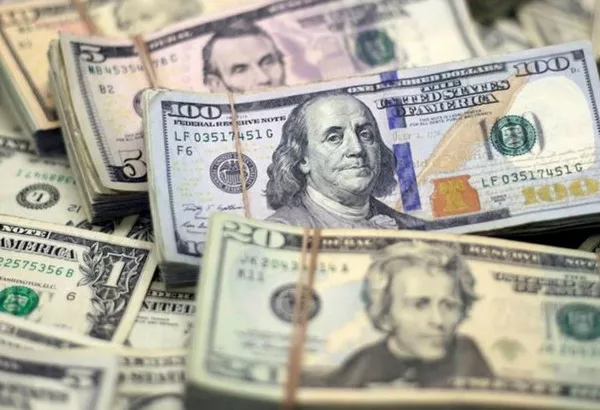The open market dollar rate, often referred to as the forex (foreign exchange) rate, plays a crucial role in global economies and financial markets. This rate reflects the relative value of one country’s currency against another and is a key indicator for international trade and investment. In this article, we will delve into the concept of open market dollar rate, its determinants, and its impact on various stakeholders.
Definition and Significance:
The open market dollar rate is the exchange rate at which a country’s currency can be bought or sold in the open market. It is determined by the forces of supply and demand in the foreign exchange market, where currencies are traded. This rate is pivotal for a nation’s economic stability and competitiveness in the global marketplace.
Factors Influencing Open Market Dollar Rate:
1. Supply and Demand:
The fundamental principle governing open market rates is the interplay between supply and demand for a particular currency. If demand for a currency exceeds its supply, its value tends to rise, leading to an appreciation in the open market dollar rate.
2. Interest Rates:
Central banks set interest rates, and these rates have a significant impact on the open market dollar rate. Higher interest rates attract foreign investors seeking better returns, resulting in increased demand for the local currency and subsequent appreciation.
3. Inflation Rates:
Inflation erodes the purchasing power of a currency. Countries with lower inflation rates tend to experience currency appreciation, as their goods and services become more attractive to international buyers. This can positively influence the open market dollar rate.
4. Economic Indicators:
Various economic indicators, such as GDP growth, employment rates, and trade balances, play a role in shaping market perceptions and influencing open market rates. Positive economic indicators can lead to increased confidence in a country’s currency, fostering a higher open market dollar rate.
5. Political Stability:
Political stability is crucial for maintaining investor confidence. Countries with stable political environments are more likely to attract foreign investments, leading to an increase in demand for their currency and a subsequent rise in the open market dollar rate.
Implications for Stakeholders:
1. Exporters and Importers:
Fluctuations in the open market dollar rate directly impact exporters and importers. A weaker domestic currency can benefit exporters by making their goods more competitive in international markets. Conversely, importers may face higher costs when their local currency depreciates.
2. Investors:
Investors, particularly those engaged in international markets, closely monitor open market dollar rates. Exchange rate movements can impact the returns on foreign investments. Savvy investors often devise strategies to hedge against currency risks.
3. Consumers:
For consumers, the open market dollar rate has implications for the prices of imported goods. A stronger local currency may result in lower prices for imported products, while a weaker currency could lead to increased costs for foreign goods and services.
4. Central Banks:
Central banks actively manage open market dollar rates as part of their monetary policy. Interventions, such as buying or selling currencies, are employed to stabilize or influence the exchange rate. Maintaining a balance is essential for economic stability.
See Also What Is The Best Way To Exchange Dollars For Euros
Conclusion:
The open market dollar rate is a dynamic and multifaceted aspect of the global financial landscape. Its determination involves a complex interplay of economic, political, and market factors. Understanding the intricacies of this rate is crucial for governments, businesses, investors, and consumers alike.
In an increasingly interconnected world, where international trade and investment are integral components of economic growth, the open market dollar rate serves as a barometer of a nation’s economic health. As countries navigate the challenges of a rapidly changing global landscape, a nuanced understanding of exchange rates becomes paramount for making informed decisions and mitigating risks.


